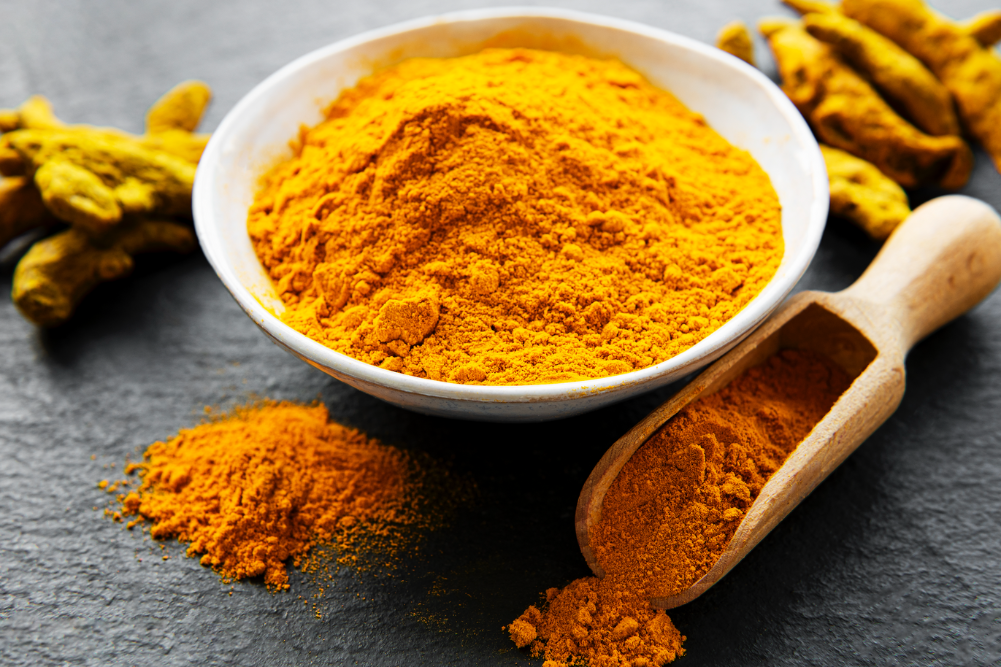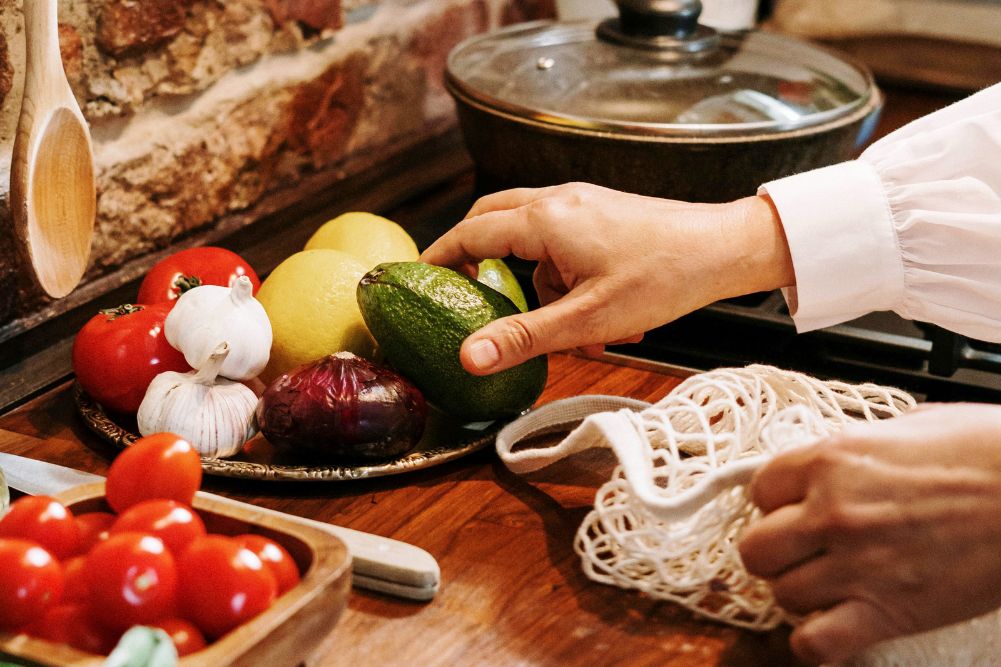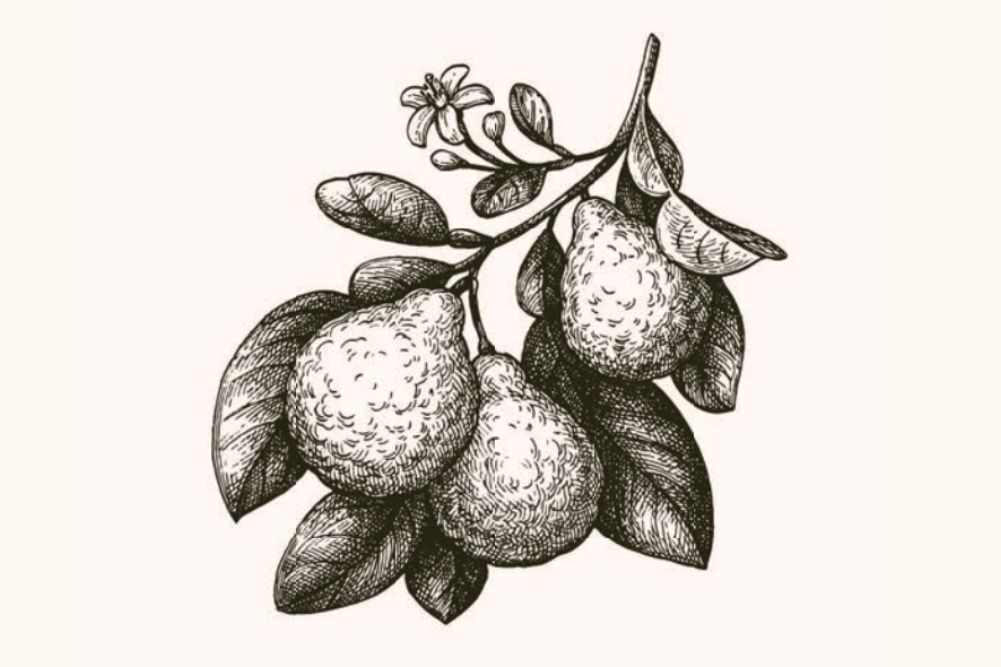Mango: the king of fruits
Today, mangoes are loved worldwide for their taste but they have a rich history. Fossil evidence suggests they date back around 30 million years in northeast India, Myanmar (Burma) and Bangladesh. Their popularity in that region is reflected in the legendary tale about Buddha, who was presented with the gift of a mango grove so he could rest in its shade.
The rest of the world discovered mangoes when Buddhist monks took mango plants with them on voyages to eastern Asia in the 4th and 5th centuries BCE. Another 2000 years later, in the 15th century, Portuguese explorers discovered the fruit and took it to the rest of the world.
With a world production of over 18 million tonnes per year, the mango is among the most popular fruits in the world. Mexico is the largest producer of this delicious food due to its popularity in the United States, Central America and the Caribbean. There are over 50 varieties of mangos sold around the world.
Australian varieties
Kensington Pride (also known as the Bowen)
This is a soft, medium-sized (300–600g) mango with golden flesh with a sweet, tangy flavour and a rich orange skin tinged with a pink or red blush. It is the most popular variety grown in the tropical and subtropical regions of Australia, making up 70 per cent of all trees planted, and is available from late September to March.
Calypso
The Calypso is a trademarked variety of mangoes that have a firm fibreless flesh and a smooth, deep orange skin. Calypsos are available from October to March.
R2E2
The R2E2 mango sounds like it belongs in Star Wars but it is in fact a large round mango (around 600g but up to one kilogram) with firm yellow flesh and deep orange skin tinged with red. It has a long shelf life and is available from November to February.
Honey Gold
This mango has firm, juicy flesh and, as the name suggests, a golden apricot-yellow colour. Honey Golds are available from November to March.
Other mango varieties available later in the season (from around January to March) are Palmer, Keitt, Kent and Pearl.
Nutritionally delicious
When you savour delicious and succulent mangoes you’re probably not thinking about the health benefits in every bite. A common nickname for mangoes is actually “the king of fruits” since, beyond their sweet, luscious taste, mangoes also contain an abundance of vitamins, minerals and antioxidants that support your health.
Mangoes are a good source of vitamin C, beta-carotene, copper, B vitamins and fibre as well as being low in fat. In one cup (165g) of mango you get:
Kilojoules: 414
Protein : 1.35g
Total Fat: 0.63g
Carbohydrates: 24.72g
Fibre: 2.6g
Mango lowers blood sugar
So deliciously seductive is this fruity child of summer that eating mangoes seems an indulgence whereas in fact they can even be good for your blood sugar.
This was shown in a study from Oklahoma State University (Nutrition and Metabolic Insight) that involved obese adults with a BMI between 30 and 45. The participants consumed 10g of freeze-dried mango daily (equivalent to 100g or half a fresh mango) for 12 weeks. Aside from taking the mango, the subjects maintained their usual diet, exercise habits, and medications.
At the beginning of the study, then after six weeks and again at the end of the study, the subjects had measurements taken of height, weight, waist circumference and hip circumference. They also had blood tests at these times assessing triglycerides, HDL cholesterol, glucose, HbA1c (a measure of blood sugar levels over the past three months) and insulin levels.
After the 12 weeks the researchers found that blood-sugar levels dropped by an average 4.41mg/dl (approx 0.25mmol/l). This drop held true for males and females although the drop in males was greater. While overall body weight and waist circumference stayed the same, there was a drop in hip circumference in males.
The effect seen here is thought to be due to an antioxidant found in mangoes called mangiferin. As well as being an antioxidant, mangiferin has been shown to block several inflammatory pathways. So, although this was only a small pilot study and further, larger trials need to be done, there is enough here to suggest that you can enjoy the delights of the mango without a guilty conscience.
Buying and storing
Mango, papaya, kiwifruit and pineapple are among the fruits the United States Environmental Working Group found to carry the lowest amounts of pesticide residues. So if you are purchasing conventionally grown, rather than organically grown, fruits then mangoes are among the best choices.
One of the best ways to choose your mango is to use your nose. A ripe, fresh mango will have that typical fragrant, tropical, peachy smell as well as a full colour and will give slightly to the touch, but stay away from very soft or bruised fruit. An unripe mango has no scent and will have an unpleasant taste if eaten raw. Beware of buying completely green mangoes as they many never ripen.
But be aware that mangoes do not necessarily need to be evenly coloured all over. Some mangoes have a greater degree of “blush” than others and different varieties naturally develop different skin colours. As mentioned, you should avoid bruised mangoes but do not be deterred by small marks or skin blemishes. These are normal and are easily caused by the fruit rubbing against a branch or another piece of fruit on the tree. Small skin marks will not affect the internal quality of the flesh.
If you want your mango to last a few days at Home before eating, select a slightly firmer mango with tight skin. If the mango isn’t ripe but not totally green, you can store it on your benchtop for up to one week to ripen. Once ripe, though, you need to act quickly and either eat it or put it in the fridge for up to five days.
Eating your mangoes
Mango really doesn’t need anything to make a delicious food but you can get a little experimental if you want to. Mango makes a great afternoon snack when served with a bit of muesli or dry roasted nuts. Mango also makes a great addition to a fruit salad, stirfry or seafood dish.








